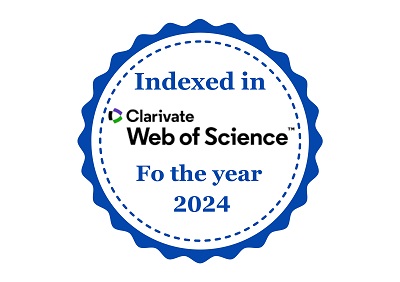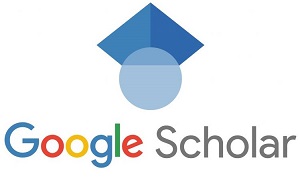Advanced CNN Approach To Automated Squint Eye Detection And Comprehensive Early Intervention
DOI:
https://doi.org/10.61808/jsrt263Keywords:
CNN, Squint Eye Detection, PythonAbstract
Squint eye, also recognized as strabismus, is condition in which eyes do not properly align by each other while looking at an object. This misalignment can result in both eyes pointing in different directions, leading to double vision or a loss of depth perception. Early detection & treatment of squint eye are crucial to prevent long-term visual impairments & improve superiority of life intended affected individuals. Traditional methods for diagnosing squint eye involve subjective assessments by medical professionals, which can be time-consuming & prone to variability. To address these challenges, a novel approach using CNN intended automated squint eye detection has been developed. This study presents a comprehensive framework for detecting squint eye using CNNs, leveraging the powerful capabilities of deep learning to analyze and classify eye images with high accuracy. The proposed system involves the collection and preprocessing of bulky dataset of eye metaphors, which be subsequently worn to train a CNN model. Model is intended to identify key features indicative of squint eye, such as positioning of pupils & alignment of eyes. Once trained, replica is capable of analyzing new eye images to establish presence of squint eye with high precision. Performance of developed CNN model is evaluated using variety of metrics, including accurateness, sympathy, specificity, & F1-score. Results exhibit that representation achieves noteworthy improvement over traditional diagnostic methods, providing a reliable and efficient tool for squint eye detection. Additionally, the study explores the potential applications of this technology in clinical settings, highlighting its benefits for early diagnosis and intervention. Regarding licensing regulations, it imperative to note that individuals with squint eye may face restrictions when it comes to obtaining a driving license. In many regions, the Road Transport Office (RTO) does not issue driving licenses to individuals with squint eye due to prospective risks associated with impaired vision, such as double vision and reduced depth perception. Use of automated detection systems can aid in early diagnosis & appropriate management of this condition, ensure that pretentious individuals receive necessary treatment and support.











